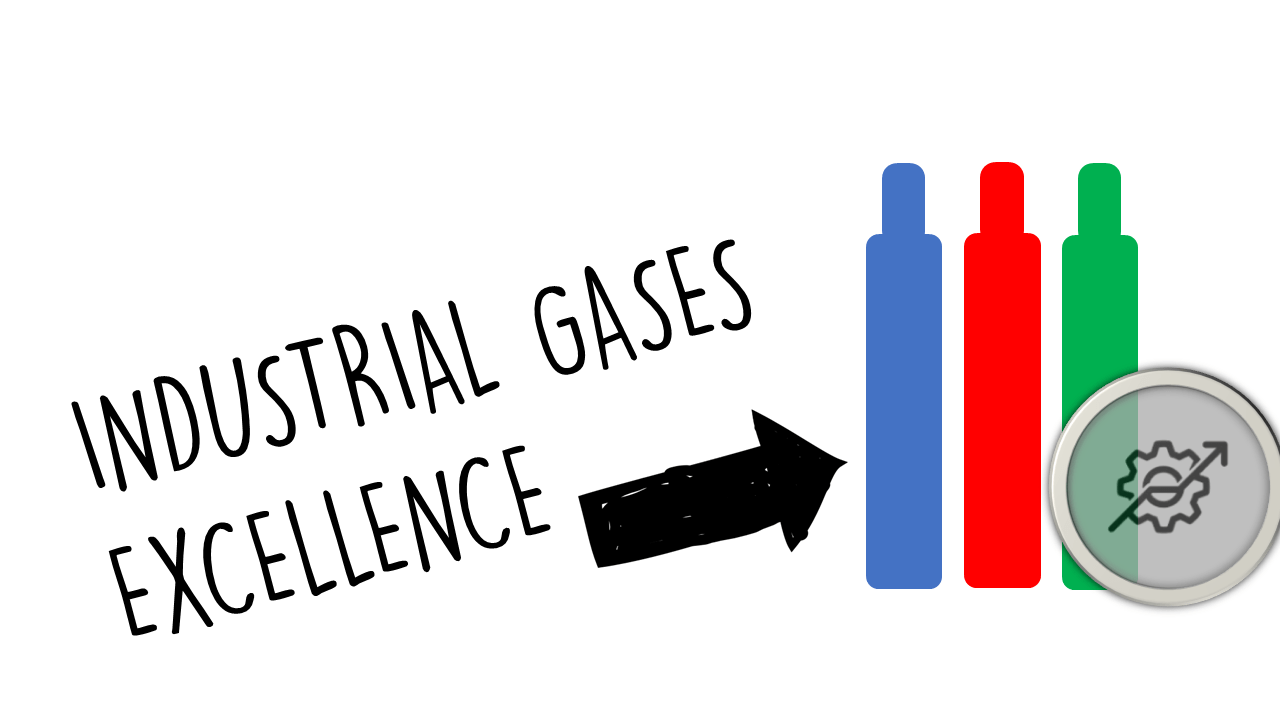Problem:
The industrial gases sector is a critical component of the global economy, providing essential materials for a wide range of industries, including healthcare, food and beverage, energy, and manufacturing. However, this industry is currently grappling with a significant issue – an escalating price war. This price war is primarily driven by increased competition, market saturation, and the entry of low-cost providers. The problem is further compounded by the rising operational costs and stringent regulatory norms related to environmental concerns.
Impact:
The consequences of this price war are far-reaching and detrimental to the overall health of the industry. It has led to shrinking profit margins for companies operating in this sector, making it increasingly challenging for them to sustain their operations and invest in research and development activities. This situation is particularly concerning for small and medium-sized enterprises (SMEs), which lack the financial resilience of larger corporations.
Moreover, the price war has also resulted in a decline in product quality as companies are forced to cut corners to reduce costs. This trend not only jeopardizes the reputation of businesses but also poses potential safety risks. Furthermore, it threatens the long-term sustainability of the industry as companies may be discouraged from investing in new technologies or innovative practices due to financial constraints.
Solution:
To mitigate these issues, it is crucial for stakeholders in the industrial gases sector to adopt strategic measures that can help them navigate through this price war. One potential solution could be adopting a value-based pricing strategy instead of competing solely on price. By focusing on delivering superior value – whether through product quality, customer service, or innovative solutions – companies can differentiate themselves from their competitors and justify higher prices.
Additionally, companies could explore opportunities for consolidation or strategic partnerships to achieve economies of scale and reduce operational costs. They could also invest in technologies that enhance operational efficiency or enable them to offer unique products or services.
Case Study:
A case study that exemplifies this approach is Air Liquide’s strategy amidst the price war. Instead of engaging in aggressive price competition, Air Liquide focused on delivering high-quality products and exceptional customer service. They invested heavily in R&D activities to develop innovative solutions tailored to their customers’ specific needs.
Furthermore, Air Liquide sought strategic partnerships with other industry players to expand its market reach and reduce costs. For instance, they partnered with several healthcare institutions to provide medical gases – a move that not only diversified their revenue streams but also allowed them to leverage their expertise in this niche area.
As a result of these strategies, Air Liquide was able to maintain its profitability despite the ongoing price war in the industrial gases sector. This case study serves as an excellent example for other companies facing similar challenges.
Conclusion
In conclusion, while the price war poses significant challenges for the industrial gases industry, it also presents opportunities for companies willing to think outside the box and adopt innovative strategies. By focusing on delivering value rather than competing on price alone, businesses can navigate through these turbulent times and ensure their long-term sustainability.
